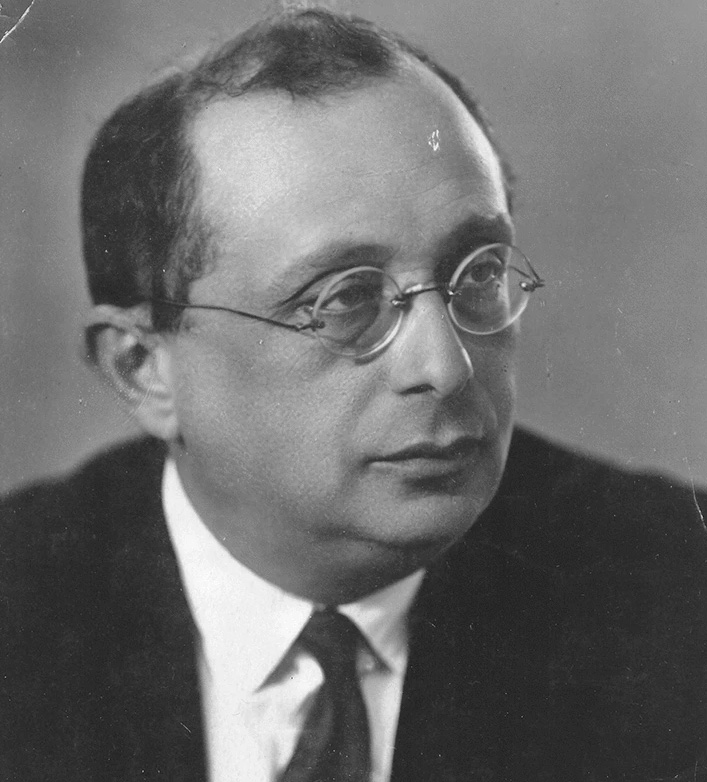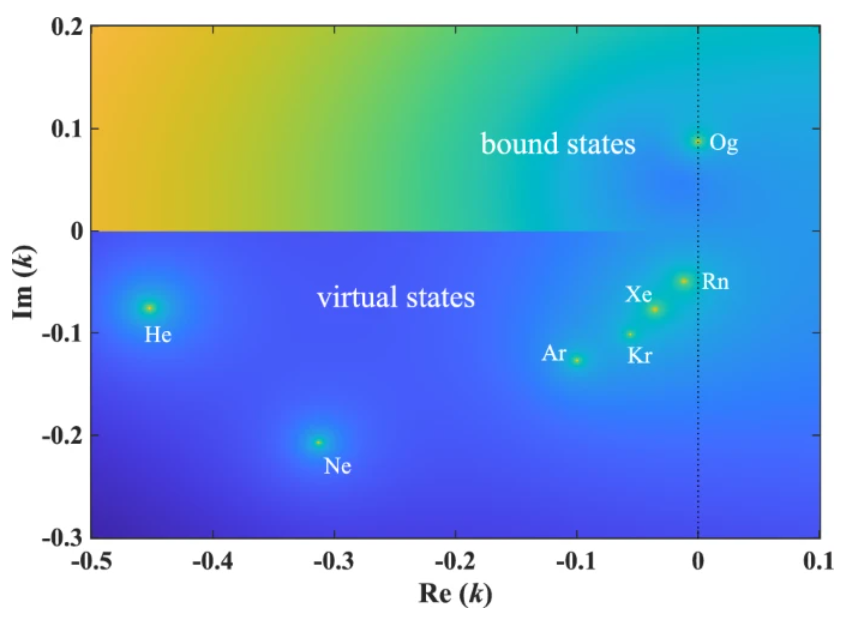EPJ PV Highlight - Advanced TOPCon solar cells with patterned p-type poly-Si fingers on the front side and vanishing metal induced recombination losses
- Details
- Published on 04 July 2025

Advanced TOPCon solar cells with patterned p-type poly-Si fingers on the front side and vanishing metal induced recombination losses
TOPCon solar cells have rapidly become the new industrial standard in solar cell production in recent years, highlighting the benefits of applying a contact passivation scheme based on a thin interfacial oxide and a highly doped polycrystalline silicon (poly-Si) layer. Additionally, the introduction of the laser-enhanced contact passivation (LECO) process has brought about significant gains in efficiency by further improving contact and surface passivation. Additionally, it allows reducing the poly-Si layer thickness and eliminates the need for aluminum containing metal pastes that have been associated with certain solar cell degradation mechanisms.
EPJ H Highlight - Lev Strum: A forgotten physicist who predicted the foundations of tachyon theory
- Details
- Published on 27 June 2025

A new paper reviews the life and career of Lev Strum: a little-known physicist who faced a tragic fate, and whose ideas about faster-than-light travel were revived decades later with the emergence of tachyon theory.
Ever since Einstein developed his theory of Special Relativity in 1905, physicists have widely accepted that no particle or information-carrying signal can ever travel faster than the speed of light in a vacuum. Following Einstein’s theory, however, the idea persisted that faster-than-light motions could still be possible in some cases. By far the most well-known revival of this idea was the emergence of tachyon theory in the 1960s.
Decades earlier, however, many of the most important elements of tachyon theory were also proposed by Lev Strum: a Ukrainian-Jewish physicist who ultimately faced a tragic fate, and whose name has been almost entirely forgotten. Through a new study published in EPJ H: Historical Perspectives on Contemporary Physics, Helge Kragh at the University of Copenhagen reviews the ideas proposed by Strum, and presents a biography of his life and scientific career.
EPJ D Highlight - Bound and virtual states in low-energy electron and positron scattering
- Details
- Published on 27 June 2025

New mathematical approach confirms that low-energy charged particles can briefly bind to atoms or molecules
So far, it has remained an open question whether moving charged particles can briefly form bound states with neutral atoms and molecules. In previous experiments, researchers observed enhanced positron annihilation at energies corresponding to specific vibrational modes in neutral molecules, which they interpreted as evidence that the positrons were briefly bound. Until now, however, this interpretation has not yet been corroborated through other scattering observables.
Through new research published in EPJ D, Kamil Fedus and Grzegorz Karwasz at Nicolaus Copernicus University, Poland, present a new method for estimating the energies of both bound and virtual states of low-energy charged particles from elastic scattering cross-sections. Their approach confirms previous theoretical predictions about the formation of bound and virtual states during the scattering of these particles—helping physicists better understand how the scattering process unfolds.





